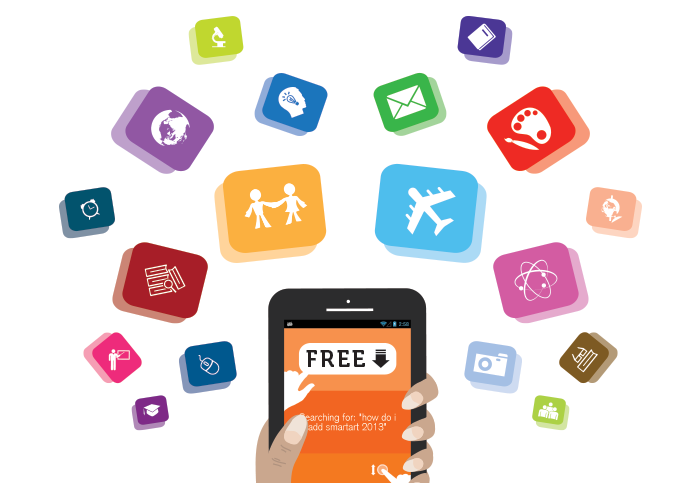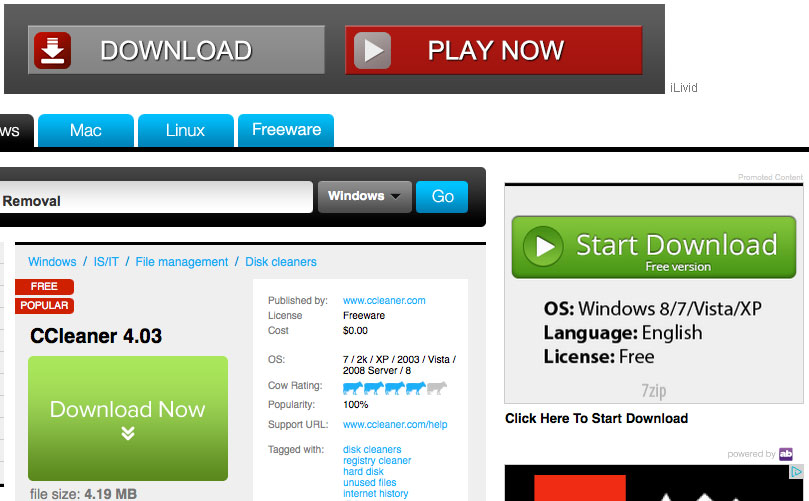Basic Computer Skills -
Free Software

Basic Computer Skills
Free Software


/en/basic-computer-skills/downloading-and-uploading/content/

There are free programs available for almost any purpose you can imagine. If you're looking for free software for a specific task or want to find a free alternative to an expensive commercial program, it's probably somewhere on the Internet. Often, the most difficult part is finding the safest, most reliable free programs among the thousands of other free programs.
Usually, the best way to find free software for Windows is to do an Internet search. On Android and iOS devices, the best way to find free software is to search in the Play Store or App Store for apps that are listed as free. For Mac OS, both the App Store and Internet searches are effective methods for finding free software.
When there is no fee to use software, it is sometimes called software gratis or freeware.
When searching for free software, distinguishing good software from bad or dangerous software is crucial. These steps will help you find a program that is safe, reliable, and performs the functions you need.

In the image above, the download button at the bottom-left is the real download link, while the other two are misleading ads.
Keep in mind that these safety tips are good practices whether you're downloading free software or paying for software. There's nothing stopping a distributor from bundling malware with a program and still charging you a fee for it, and plenty of commercial software is unstable or ineffective. Be aware at all times of common unscrupulous practices so you can avoid them and choose the best software for your needs.
One of the biggest advantages of free software is determining your specific needs and searching for the program that's right for you, but sometimes it's helpful to see what software other people are using. Here's a list of some of our favorite free software for common tasks.
Security and system optimization
Productivity
Media
There are many reasons a developer may not be charging a fee for its software. In most cases, developers are still earning money through other means. Here are some of the common ways free software still makes money.
Not all free software developers earn money from software. They may have full-time jobs and make software in their free time as a hobby, they may be working under a license that prohibits earning profit from the software, or they might just enjoy participating in free software communities on the Internet.
Some software is freely available because the developers adhere to certain social and ethical guidelines. This software is sometimes called software libre, although it's also sometimes called free software, using the definition of free that means liberty, not free of charge. You can read more about this type of free software at the Mozilla Foundation or the Free Software Foundation.
After using free software for a while, if you are happy with the programs consider supporting their developers. Visit their websites, and look for ways you can help. They may have links for you to donate money, contribute your talents to their projects, or promote their software on social media. But remember, your support is a choice, not an obligation. Free software communities thrive on individual choice and mutual assistance.
/en/basic-computer-skills/open-source-vs-closed-source-software/content/